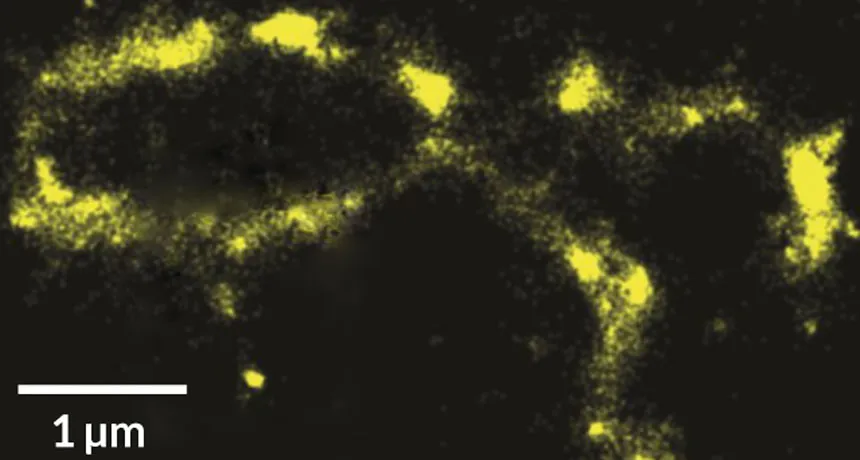New imaging technique catches DNA ‘blinking’ on
Method avoids need for fluorescent dyes to see cellular molecules

LIGHTING UP When stimulated with light, DNA “blinks” on, making cellular structures (chromosome shown) visible without the need for fluorescent dyes.
B. Dong et al/PNAS 2016






